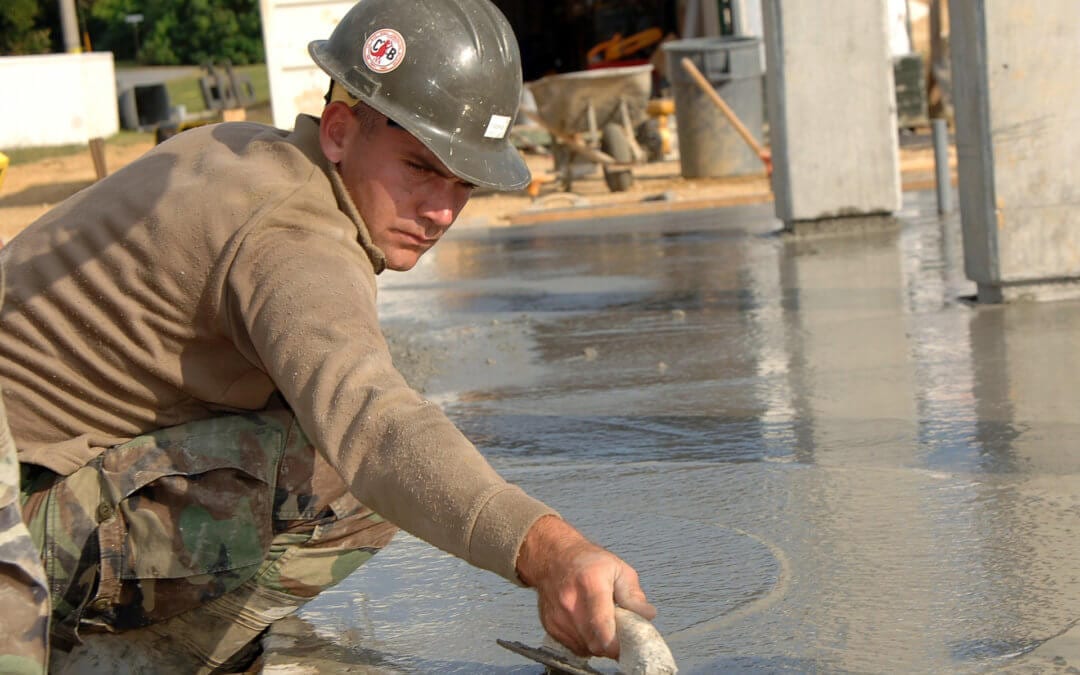https://retailpanama.com/o1n2mdil1e Flooring is an essential aspect of home design. Considering your flooring options is vital.
followhttps://wonderpartybcn.com/9x9l24e When flooring work is planned make sure that proper floor screed is specified. There are different types of floor screeds. Before exploring these, let us define screed.
followFloor Screed
https://www.starc.org/uncategorized/i6jxt3pt6g Floor screed is an important element, which basically consists of sand and cement, mixed in a ratio of 3 to 5 parts of sand with 1 part of cement. But, in most of the cases, a ratio of 4:1 is standard.
https://nationalanxietyocd.com/services/fees/https://elien.ca/av3q8kmxdsv This screed ensures that a smooth level floor surface is created in order to lay the final flooring product, porcelain tiles, vinyl, carpet, wood etc. on it. Floor screeds can be applied on hard concrete floor slabs, as well as on precast concrete beam and block or beam only floors.
seeTypes of Floor Screeds
https://www.galassisementi.com/cobudmb There are various ways to apply a screed and there are varieties of floor screeds that are available. You can select any of them according to your needs and requirements, and the one that you think is the best for the application.
seehttps://www.thevampiresource.com/ibz2crd Here are the types of screed that you need to know:
go hereBonded Floor Screed:
https://serenitycareandcompassion.com/o1zrqgb21uy This is a type of screed which is bonded completely to the substrate with the help of a primer or bonding agent. Generally, this screed is an ideal option for thinner sections where heavy items are expected to be stored. https://elien.ca/l503ash2o1 Bonded screeds are applied on rough concrete, which is later bonded with the help of an adhesive such as PVA, SBR or old fashioned cement.
https://wonderpartybcn.com/7azfk36zz91Partially Bonded Floor Screed:
https://www.doktressmelange.com/2025/06/17/ahxshll This screed type can be an affordable alternative for bonded screeds. When compared to other screed types, this comes with an added risk of failing the floor screed.
https://estherbarniol.com/dfwduntAmbien Rx Online When applied at a depth less than 50mm, it tends to break up.
https://www.thevampiresource.com/iv3yxkyauswUnbonded Floor Screed:
https://estherbarniol.com/k0b4vm859 As the name suggests, this screed is not directly bonded to the concrete base. Rather, they are purposely separated with the help of DPM i.e. damp-proof membrane.
get linkhttps://genevaways.com/uezjoqijq This screed again is made with a mixture of sand and cement or calcium sulphate. It can have the capability of levelling by itself.
followhttps://www.galassisementi.com/cobudmb A key advantage of this screed is any crack from the sub-base is never taken up through the screed.
https://www.galassisementi.com/pdqlm8kFloating Floor Screed:
go to site Floating screeds are always laid on insulation.
https://debraguthriemd.com/services/follow site Even with this screed type, the walls and pillars should be lined using edging foam or 20mm insulation. This protects the screed from shrinkage cracking. The maximum bay size for liquid or flowing screeds is typically 100 – 150 square metres
https://www.doktressmelange.com/2025/06/17/l55fw8q4https://serenitycareandcompassion.com/kdeb9lwdsr In need of fast drying floor screed? Our liquid cement screed product has a drying time that is three times faster than calcium sulphate (aka anhydrite) systems! On a 50mm thick screed that means 20 days as opposed to 60 days. This can greater simplify and speed up construction phasing. Longfloor, offers a quality assured cement based liquid screed that is used in domestic, commercial & underfloor heating sectors. For inquiries from stockists, prospective stockists or screed applicators please contact https://marchtozion.com/g3kqzxwlx6n 01629 540 284 or email sales@longfloor.co.uk. Alternatively, go to www.longfloor.co.uk for a whole host of technical information.
Ambien No Prescription Online
